An 8-step program to kick the habit!
Have you noticed it? You wake up one morning and find the cash in your wallet missing. Then you get a call from the lawn guy.
“I need to come by and give you one more treatment. I noticed a few grub spots that we should take care of now before it gets worse”
I thought he did that last fall, you think to yourself.
“Well you know, these things are normal. No worries though, we’ll have your yard lookin’ great in no time.”
Your sweaty finger can barely tap the screen to hang up. You swore it wouldn’t be like this. You saw the warning signs, but just thought it was normal behavior. Now you’ve got a problem on your hands.
Gasp! Your yard is on crack!
At first it was a simple treatment, some elixir that would turn everything bright green and remove all weeds. But then come spring, you had to do it again. And then it was some fungus, then drought and aeration, then the trees had some powdery thing, and now grubs again? So much for an affordable lawn care service.
OK, first things first, we have a problem. That’s right (say it with me) this is a PROBLEM!
And we need to fix it before we’ve begun selling bits of our yard in exchange for shooting a little chemical application onto the remaining empty shell of a lawn.
Why are yard chemicals a problem?
Both herbicides and pesticides have a contentious past. On the one hand, agrochemical companies advertise their glorious benefit without risk to health or environment. And on the other hand, independent researchers, NGOs, and individuals cry out for their restriction due to their risks to health and environment.
A recent Reuters article summarizes the contention over one such herbicide, “There are numerous studies that have determined glyphosate to be safe, but several others have linked it to human health ailments. Critics say they fear that glyphosate is so pervasive in the environment that extended exposure even to trace amounts can be harmful.”3
How can there be such a dichotomy? No risk vs. high risk?
My perspective is as follows, and I certainly recommend you do your own research on this topic to make your own conclusion.
Agrochemicals do provide a benefit through use. Whether intended to remove a plant or insect pest, these chemicals are generally effective in eliminating the targeted pest. Thus, there is a benefit from the perspective that they execute the intended task, and often do it well. So that’s all fine and dandy, right?
After use, agrochemicals can have lateral effects as well. While some chemicals are purportedly neutralized after use through organic matter or UV exposure such as RoundUp (glyphosate), other chemicals are persistent in the environment and organisms for a long period of time. Some chemicals such as Atrazine (the second most used agrochemical in the US) have been shown to have effects on birth weight, embryonic development, and other health effects.4
Aside from health effects, there are also effects on the immediate environment itself. Most importantly, both pesticides and herbicides have been shown to degrade and even kill the microbiology of the soil.5 This is very important, because microbial health of the soil is paramount to plant health. The reduction of soil life has a widespread effect on the health of plants.
Let’s take an example of a lawn. When we use an herbicide or pesticide, the residue infiltrates into the soil. There, it kills a wide array of microbes that (hopefully) are present, including bacteria, fungi, protozoa, and insects.
Each group of organisms serves a very important function in this limited ecosystem. Bacteria are able to digest compounds and make them bioavailable to plants and fungi, including nitrogen. Fungi likewise make compounds and minerals bioavailable to plants, and they exponentially increase the availability of nutrients and water to roots through massive fungal networks. Larger organisms provide decomposition benefits and reduce pest populations.
So when we spray, we kill the very balance of life in our soil. We then lose organic matter through runoff or anaerobic breakdown because it is not bound by the soil microbes. This leaves us with the base material, either sand or clay. Then, we have problems with water retention – it either soaks right through or runs right off. Now we’re talking aeration and irrigation. Our plants are no longer healthy so we need more chemicals to make them look healthy.
Thus begins an endless cycle of addiction to synthetic chemicals – herbicides, pesticides, fertilizers – in order to give our yards the appearance of health. The reality is these yards are highly medicated and reliant on a steady dose of pharmaceuticals, a far cry from health.
Intervention – How to kick the habit
I’ll first say that this is not an easy step. Once your yard is addicted, it is difficult to nurse back to health, just like any human addiction. This takes dedicated effort and commitment.
1. Just Say No to the contract
First things first, if you are on a lawn care contract with a conventional lawn care company, you have to end it. They may talk about more sustainable options, but from my research, I am not convinced that any company claiming to have a regular lawn care process and a ‘sustainable’ process aren’t just in it for the profit. The only legit companies I’ve found are all about sustainable or organic care, because they believe in what they’re doing.
So do yourself, your wallet, and your yard a favor. Ditch the contract.
2. D.A.R.E. to keep your yard free from chemicals
So you’re contract free. Now it’s commitment time. You need to vow not to use synthetic chemicals in your yard. This means lawn, trees, bushes, pots. We’ve already discussed the problems they cause, starting a positive feedback loop for the increased use of chemicals.
Making this change will ensure you have the space to begin building a healthy ecosystem in your soils.
To be very clear, you will have pest problems!
As part of the adaptation phase, pest organisms thrive in poor soils and on diseased plants. It will take time for your soil to heal and your plants to build strength. Pest organisms also reproduce more rapidly than predator species, as predators will not be present without their prey.
No more chemicals now. I mean it. (Anybody want a… nevermind)
3. What? Organic Lawn Care?
Don’t have the time to manage all of your own yard care? Don’t want to care for it? Well there are options in most municipal regions for a more sustainable and healthy alternative to conventional lawn and yard care.
Searching for the right company in itself could be a giant article, but for the sake of brevity, make sure they talk about soil management, know something about soil microbiology, and that any additives have a darn good explanation of their benefit and risk.
4. Bring back the Flat-top: Raise that mower!
Who ever said Levar Burton’s flattop was outdated? If he could still grow it, he would and you know you would love it!
The hi rise flat top has always been cool for hair, and it is always cool for your lawn too. Most people just don’t know they can pull it off.
When you cut your grass at 3-4 inches, it allows deeper root growth.
Here’s how:
Taller blades = more foliage = more photosynthesis = more energy = more root growth = healthier grass = less weed competition.
Make sense? It works.
But you don’t have to take my word for it.
5. Hello, my name is Clover
Who doesn’t love that huge burst of green after an application of NPK fertilizer?
Well, me for one.
When you fertilize, you trigger plants into foliar growth. That means your grass grows. Good, right?
Well not exactly. When you fertilize, you are shocking the growth system of your grass and making it addicted to future application. It tells the plant to grow, but then you cut it. So you essentially tell the grass to grow really fast and dedicate all of its energy to make more grass, but then you chop the new growth off. The grass does not have the chance to reciprocate the top growth with good root growth. So you end up starving your lawn.
How do we balance this? One way is to fertilize once, and never again. How is that?
Spread clover seed! Clover used to be an integral part of lawn seed mixes until the birth of broadleaf herbicides. Since this herbicide (2,4-D) killed lawn clover, it was taken out of mixes.
Clover is a plant that fixes nitrogen in the soil through a symbiotic relationship with bacteria that grow in its roots. Thus, you have a constant, steady feed of low dose nitrogen directly to your roots.
Tubular.
6. Here comes the compost!
Another great way to build fertility and soil life into your soil is through compost.
Properly produced compost is not just full of healthy organic matter and valuable soil nutrients. It is also teeming with microbial life, from healthy bacteria to beneficial fungi. These organisms jump start your existing soil to life.
Compost can get fairly pricey fairly quick, especially spread over a large space. So if this is a limiting factor, you can look into making your own compost, looking for a free or cheap municipal source, or look into brewing compost tea.
Compost tea is a process of taking finished compost and ‘brewing’ it to increase the microbial concentration. If interested in pursuing this route, here is a super simple method of producing compost tea, written by leading soil microbiologist Dr. Elaine Ingham.
Overall, the compost fertility approach is highly beneficial, but is usually either costly or labor intensive. If labor is an issue, local organic lawn care specialists may have compost or compost tea treatments available.
7. Maintain your pH
Ok, just so we’re all on the same page, pH is a measurement of how acidic or basic a given water-soluble substance is. The scale goes from 0 to 14, with less than 7 being acidic, 7 being neutral, and greater than 7 being basic. Every number you go up or down is a 10x increase or decrease.
Most grasses generally prefer a pH range between 6 and 7, so slightly acidic to neutral. When your soil falls outside its optimum range, your grass will become stressed or weakened and more susceptible to competition from other plants. An example is the dreaded dandelion.
Dandelions generally prefer a pH around 7.5 – almost 10x more basic than most grasses. So bring your pH down and you create an environment more hostile to dandelions and more beneficial to grasses.
The best approach if starting with bare earth is to determine your soil’s pH without any amendments, then plant a grass variety that prefers that pH. If you already have an established lawn, you can amend your soils to the optimal growing conditions for your grass.
But wait! Before you run out and grab a bag of lime or sulfur, know that among the organic lawn care crowd many consider good old compost to be one of the best ways to balance a wacky pH. Why is this? Because the organic matter, soil life, and humic acids in good healthy compost will help balance out the pH of your bare mineral soil.
8. Your support group
Every stepwise addiction program needs a support group! Well when your yard is kicking the habit, a customized support group is the key to success.
Ok so what do I mean? Are there supposed to be a bunch of friends that come over each week and tell your lawn and trees how strong they are? Not to minimize support groups, but no, that’s not exactly what I’m talking about.
What I mean is to support your plants with support plants!
In the vast plant kingdom, each plant has a specialized purpose. By combining plants that complement each other in purpose and benefit, a stronger plant community is the end result.
So your support group is companion plants that will serve multiple purposes in building strength for your main plants. This subject alone could fill volumes that would be the envy of Encyclopedia Britannica back when they were still cool.
Here’s a super-ultra-condensed list of support plant groups to act as a guide. You might be surprised at some:
- The lawn – diversity in a lawn is a good thing.
- Nitrogen fixers – Examples include clover, medic
- Nutrient accumulators – Examples include plantain, dandelion. Plants such as these are only weeds because we call them as such. Although non-native, they’re here to stay. There is a reason they are so pervasive – they’re healing our soils. How unattractive are they, in reality?
- Trees and shrubs – multiple understory plants can provide a wide variety of benefits.
- Nitrogen fixers – Examples include clover, peas, false indigo, wisteria, mimosa
- Nutrient and biomass accumulators – Examples include bracken (ferns), sunflowers
- Pollinators – native flowers work best for attracting both pollinators and beneficial insects such as insect predators. Think daisies, Echinacea, etc.
- Flower gardens – varied species will help prevent pests from overtaking, dense planting will shade out weed competition.
- Nitrogen fixers – Red clover, pea species, brooms
- Nutrient and biomass accumulators – Examples include yarrow, sunflower, alfalfa, chamomile, geranium
- Ground covers – Examples include strawberries, wild ginger, euonymus, creeping thyme
And just for the record, if you do want your friends to come out and tell your plants how great they are, it wouldn’t hurt anything. Might as well let the plants get some positive energy and encouragement.
Well, that just about covers it for reducing your dependence on lawn chemicals. I encourage you to get out there and take action! There are tons of great ideas and tactics on the internet for going free of yard chemicals.
Make sure you dispose of your lawn chemicals in a safe manner – they really are poisons that you don’t want on yourself or anyone else. Many municipalities have chemical pickup days where you can properly dispose of household chemical waste. Please don’t throw them in the trash or pour them down the drain!
Congratulations, pat yourself on the back! Now your kids or dogs or neighbors’ kids can roll in the grass without risk of chemical exposure! Heck, go out there and do a few barrel rolls with some friends. No need to thank me.
What? A free guide to save 27 hours of yard work? Yes please!
Resources
- Tons of organic and healthy lawn care tips with Paul Tukey: //www.paultukey.com/
- More chemical free lawn care with Paul Wheaton: //www.richsoil.com/lawn-care.jsp
- Brew your own compost tea with Dr. Elaine Ingham: //www.finegardening.com/brewing-compost-tea
- Understanding support group plants with Toby Hemmenway, Gaia’s Garden
Sources
- Chang, F.-c., Simcik, M. F. and Capel, P. D. (2011), Occurrence and fate of the herbicide glyphosate and its degradate aminomethylphosphonic acid in the atmosphere. Environmental Toxicology and Chemistry, 30: 548–555.
- Dana W. Kolpina, D., Thurmanb, D.M., Leeb, E.,Meyerb, M., Furlong, E., Glassmeyer, S., 2006. Urban contributions of glyphosate and its degradate AMPA to streams in the United States. Science of the Total Environment, 354(2-3):191-7.
- Gillam, C., Fears over Roundup herbicide residues prompt private testing. Reuters, 2105-04-10.
- Villanueva, C., Durand, G., Coutte, M., Chevrier, C., & Cordier, S. (2005). Atrazine in municipal drinking water and risk of low birth weight, preterm delivery, and small-for-gestational-age status. Occupational and Environmental Medicine, 62(6), 400–405.
- Chowdhury, A., Pradhan, S., Saha, M., & Sanyal, N. (2008). Impact of pesticides on soil microbiological parameters and possible bioremediation strategies. Indian Journal of Microbiology, 48(1), 114–127.
Photo Credits – in order of appearance: Phil Roeder, MemaNH, David Reber, ImagePros, Jayme Frye, mystuart, David Lebech, Herald Post, Josh Mazgelis, Steven Yeh



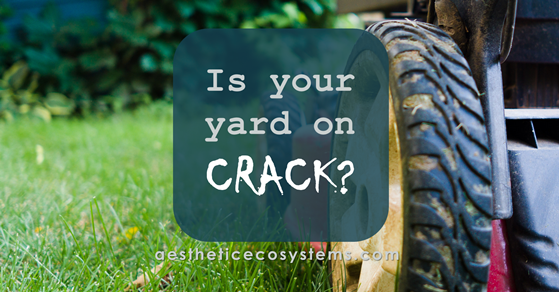

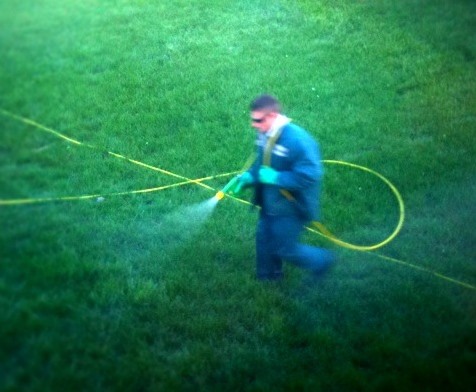



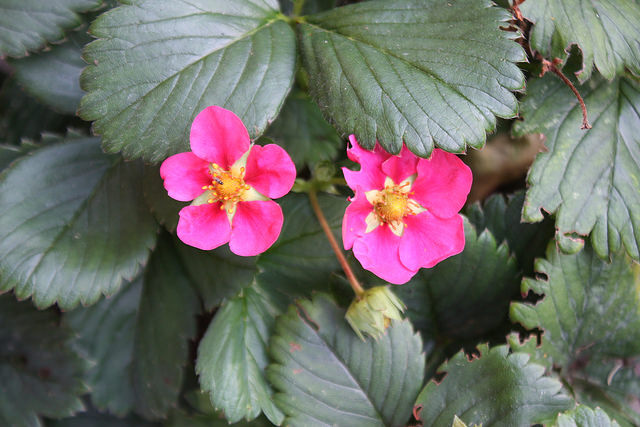

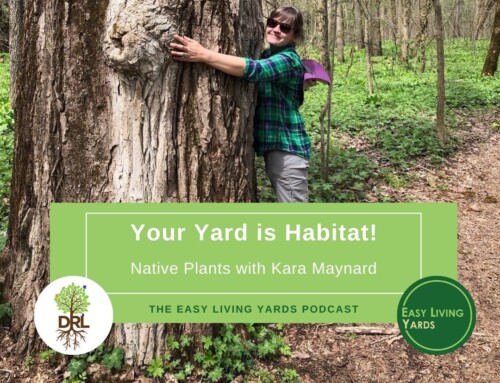
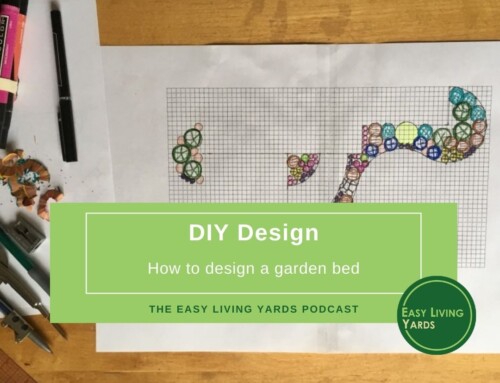
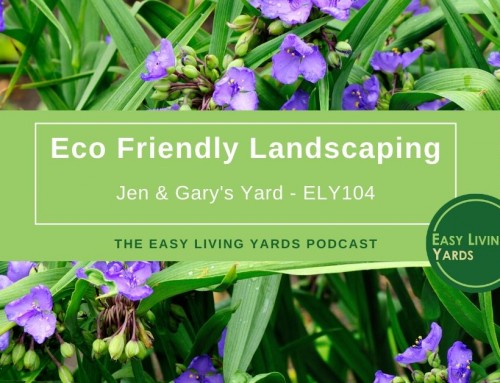
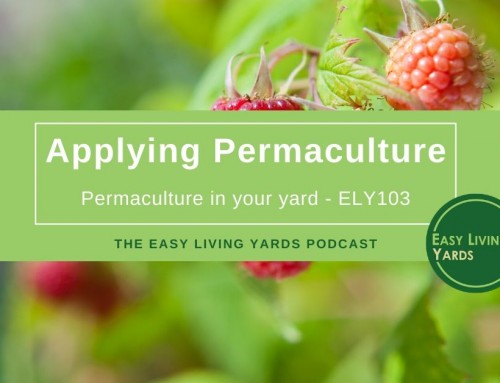




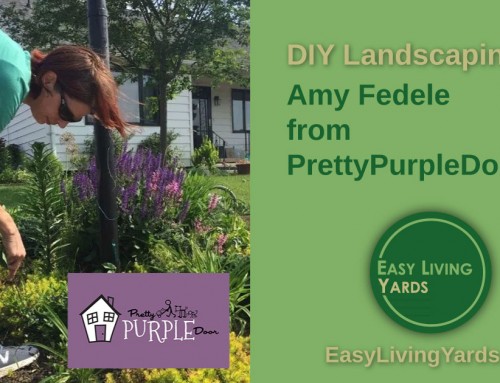
Leave A Comment